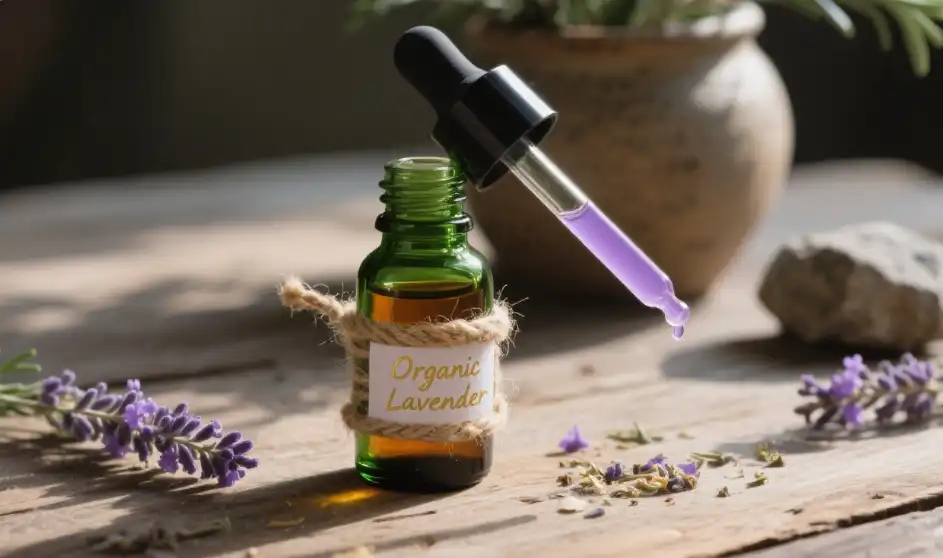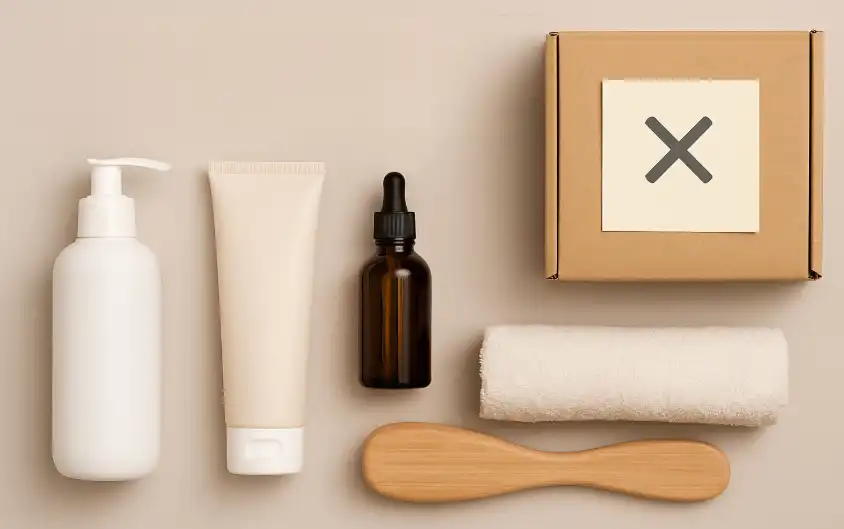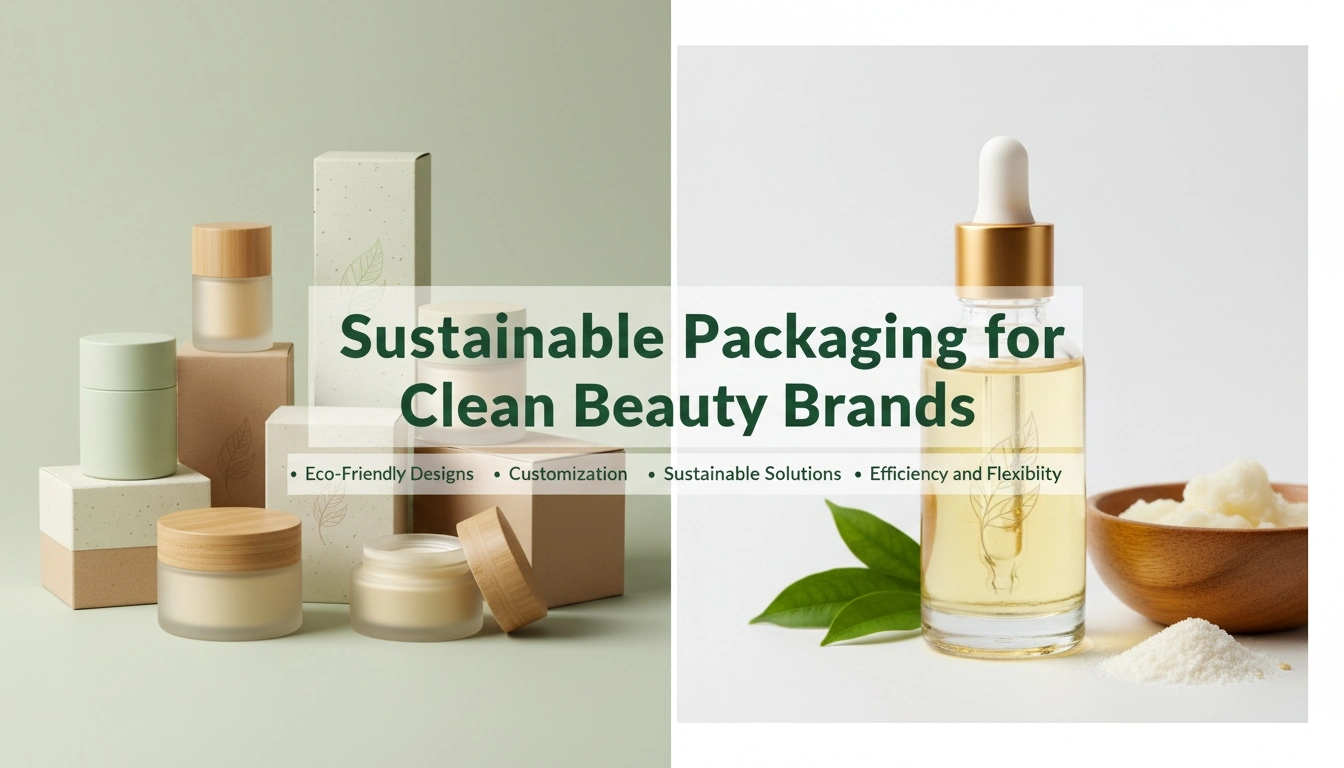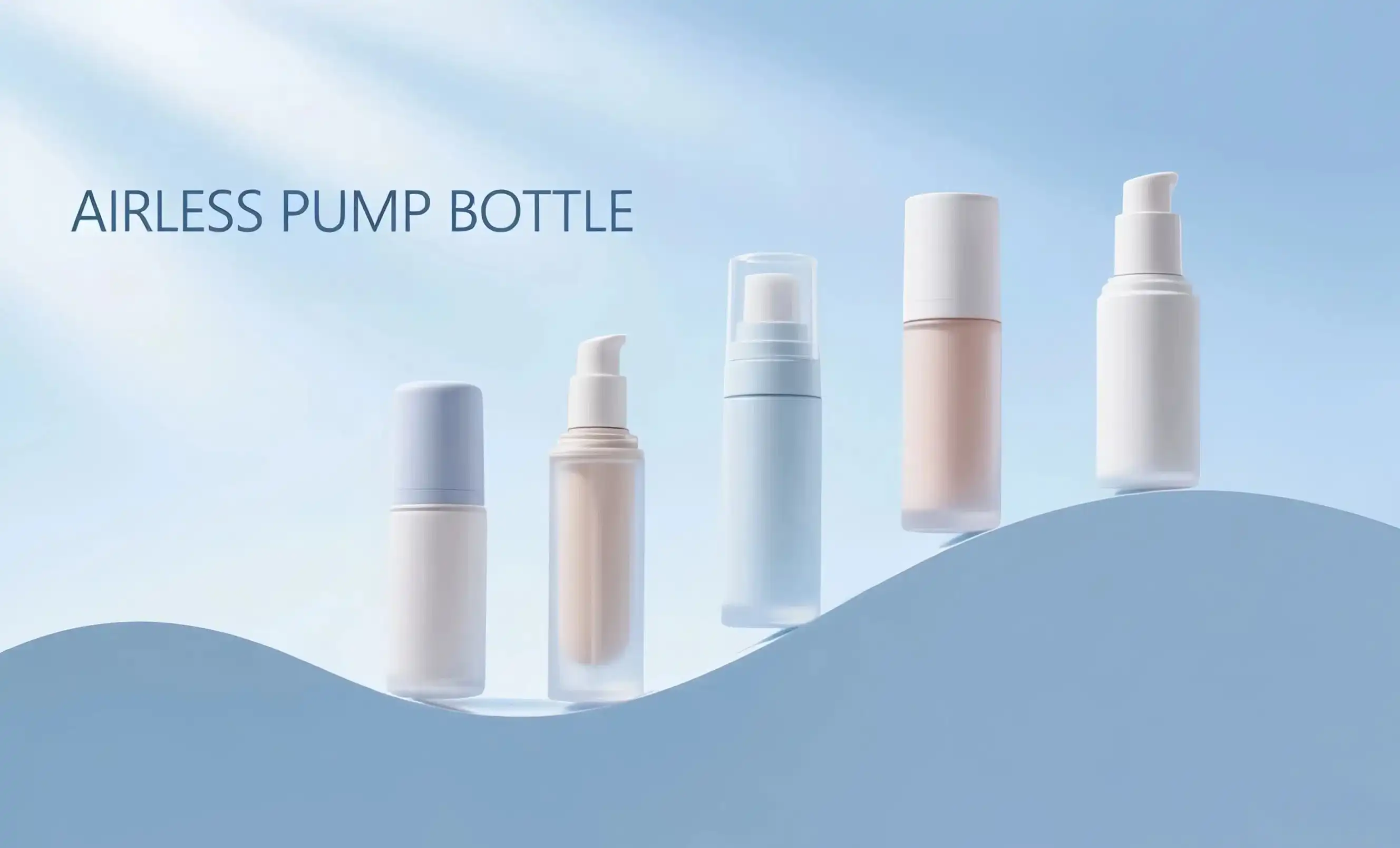Glass vs. Plastic Dropper Bottles: Which Is Right for You?
When it comes to choosing between glass and plastic dropper bottles, there are several factors to consider. Each material has its own set of advantages and potential drawbacks, making the decision highly dependent on your specific product and brand requirements.
Advantages of Glass Dropper Bottles
Glass dropper bottles have long been a favorite in the beauty and pharmaceutical industries for several reasons:
- Chemical Inertness: Glass is non-reactive, making it ideal for storing sensitive formulations without risk of contamination.
- Barrier Properties: Glass provides an excellent barrier against oxygen and moisture, helping to preserve the integrity of the contents.
- Premium Perception: Glass bottles often convey a sense of luxury and quality, which can be beneficial for high-end products.
- Recyclability: Glass is 100% recyclable and can be recycled indefinitely without loss of quality.
Benefits of Plastic Dropper Bottles
Plastic dropper bottles have gained popularity due to their versatility and practicality:
- Lightweight: Plastic bottles are significantly lighter than glass, reducing shipping costs and making them more travel-friendly.
- Durability: Less prone to breakage, plastic bottles are safer for use in bathrooms and travel.
- Cost-Effective: Generally less expensive than glass, plastic bottles can be a more economical choice for startups or large-scale production.
- Design Flexibility: Plastic allows for more diverse shapes and colors, offering greater customization options.
Considerations for Your Product
When deciding between glass and plastic, consider the following:
- Product Compatibility: Some formulations may interact with plastic over time. If your product contains essential oils or other reactive ingredients, glass might be the safer choice.
- Target Market: Consider your brand positioning and customer expectations. Luxury skincare brands might prefer glass, while more affordable or travel-oriented products might opt for plastic.
- Sustainability Goals: If environmental impact is a priority, consider that while glass is infinitely recyclable, plastic dropper bottles can be made from recycled materials and are often lighter, potentially reducing the carbon footprint of shipping.
- Regulatory Requirements: Some industries or regions may have specific requirements regarding packaging materials. Ensure your choice complies with relevant regulations.
Ultimately, the choice between glass and plastic dropper bottles should align with your product's needs, brand identity, and target market preferences. Both materials can offer excellent solutions when chosen thoughtfully.
How to Select the Perfect Dropper Bottle Size (5ml to 30ml Guide)
Choosing the right size for your dropper bottle is crucial for product functionality, user experience, and marketing strategy. The most common sizes for dropper bottles range from 5ml to 30ml, each serving different purposes and suiting various product types.
5ml Dropper Bottles
The smallest in the range, 5ml dropper bottles are ideal for:
- Travel-sized products
- Sample or trial versions
- Highly concentrated formulas where a little goes a long way
- Expensive ingredients that are used sparingly
These tiny bottles are perfect for introducing customers to your product without a significant investment on their part.
10ml Dropper Bottles
A step up from the 5ml, 10ml bottles offer:
- A good balance between sample size and regular use
- Ideal for products used in small quantities, such as eye serums or spot treatments
- Convenient for travel while providing more product than a typical sample
15ml Dropper Bottles
The 15ml size strikes a balance between compact and substantial:
- Suitable for daily-use products that last about a month
- Popular for facial oils and serums
- Offers enough product to see results without overwhelming the user
20ml Dropper Bottles
A versatile size that works well for various product types:
- Ideal for products used once or twice daily
- Provides a substantial amount of product without being too bulky
- Good for balancing product lifespan with freshness concerns
-

30ml Dropper Bottles
The largest common size for dropper bottles, 30ml is suitable for:
- Products used liberally or frequently
- Formulations with a longer shelf life
- Offering better value for money to customers
Factors to Consider When Choosing Your Dropper Bottle Size
When selecting the perfect size for your product, consider:
- Usage Frequency: How often will the product be used, and in what quantity?
- Shelf Life: Ensure the chosen size aligns with your product's stability and expiration timeline.
- Customer Preferences: Consider your target market's buying habits and storage preferences.
- Price Point: Larger sizes often offer better value, but ensure it aligns with your pricing strategy.
- Shipping Considerations: Larger bottles may increase shipping costs, which could affect your pricing or profitability.
Remember, the right size can significantly impact user experience and product perception. It's often beneficial to offer multiple sizes to cater to different customer needs and preferences.
Amber vs. Clear Glass Dropper Bottles: UV Protection Compared
When it comes to preserving the integrity of light-sensitive formulations, the choice between amber and clear glass dropper bottles can make a significant difference. Understanding the UV protection properties of each option is crucial for ensuring your product maintains its effectiveness and shelf life.
The Science Behind UV Protection
Ultraviolet (UV) light can cause chemical changes in many organic compounds, potentially altering the efficacy and safety of skincare and cosmetic formulations. This process, known as photodegradation, can lead to:
- Reduced potency of active ingredients
- Changes in color or scent
- Breakdown of preservatives, leading to shorter shelf life
- Formation of potentially harmful byproducts
Amber Glass Dropper Bottles: Superior UV Protection
Amber glass is renowned for its excellent UV-blocking properties:
- Blocks up to 99% of harmful UV rays
- Ideal for light-sensitive formulations such as vitamin C serums, retinol products, and essential oils
- Extends the shelf life of products by preventing light-induced degradation
- Maintains the stability and efficacy of active ingredients
The rich, amber color is achieved by adding iron, sulfur, and carbon to the glass during manufacturing, creating a powerful barrier against UV light.
Clear Glass Dropper Bottles: Aesthetic Appeal with Limited Protection
Clear glass offers minimal UV protection but has its own set of advantages:
- Allows customers to see the product, which can be appealing for certain formulations
- Suitable for products that are not light-sensitive
- Can be combined with opaque boxes or sleeves for added protection
- Often preferred for its clean, minimalist aesthetic
Comparing UV Protection Effectiveness
To illustrate the difference in UV protection, consider the following:
- Amber glass typically blocks 90-99% of UV light in the 290-450 nm range
- Clear glass may only block up to 10% of UV light in the same range
This significant difference means that light-sensitive products in clear glass may degrade much faster than those in amber glass, potentially losing their effectiveness before the expected expiration date.
Making the Right Choice for Your Product
When deciding between amber and clear glass dropper bottles, consider:
- Product Formulation: Assess the light sensitivity of your ingredients. Antioxidants, vitamins, and certain plant extracts often require UV protection.
- Storage Conditions: If your product will be stored in dark conditions (e.g., in opaque packaging or away from light), clear glass might be sufficient.
- Brand Aesthetics: While amber offers superior protection, clear glass may align better with certain brand images. In such cases, consider additional protective measures.
- Customer Education: If opting for clear glass for light-sensitive products, educate customers on proper storage to maintain product integrity.
By carefully weighing these factors, you can select the dropper bottle that best protects your formulation while meeting your brand's aesthetic and functional requirements.
Innovative Solutions for UV Protection
For brands seeking a balance between aesthetics and protection, consider these alternatives:
- Miron glass: A deep violet glass that offers excellent UV protection while allowing a view of the product
- UV-coated clear glass: Provides enhanced protection without sacrificing transparency
- Opaque plastic dropper bottles: Offer good UV protection with the benefits of plastic
These options can provide tailored solutions for brands looking to optimize both product protection and visual appeal.
Conclusion
Selecting the right dropper bottle is a critical decision that can significantly impact your product's success. By carefully considering factors such as material, size, and UV protection, you can ensure that your packaging not only preserves your formulation but also enhances its appeal to your target market. Remember, the perfect dropper bottle should align with your brand identity, meet regulatory requirements, and provide the functionality your customers expect.
At Topfeelpack, we understand the complexities of choosing the ideal packaging solution for your beauty and skincare products. Our advanced airless bottles and dropper systems are designed to meet the diverse needs of skincare brands, makeup companies, and cosmetics manufacturers. We offer fast customization, competitive pricing, and quick delivery to help you stay ahead in the fast-paced beauty industry.
Whether you're a CEO looking for innovative packaging solutions, a product manager seeking the perfect bottle for your new formulation, or a brand manager focused on aligning packaging with your brand image, we're here to help. Our team can guide you through material options, size selections, and customization possibilities to find the perfect dropper bottle for your needs.
Ready to elevate your product packaging? Contact us at pack@topfeelgroup.com to discuss your dropper bottle requirements and discover how Topfeelpack can support your brand's growth and sustainability goals.
References
- Johnson, A. (2022). The Impact of Packaging on Cosmetic Product Stability. Journal of Cosmetic Science, 73(4), 215-230.
- Smith, B. R. (2021). UV Protection in Pharmaceutical and Cosmetic Packaging: A Comprehensive Review. International Journal of Pharmaceutics, 592, 120082.
- Brown, C. L. (2023). Sustainable Packaging Solutions for the Beauty Industry. Sustainability, 15(3), 2187.
- Davis, E. M. (2022). Consumer Perceptions of Cosmetic Packaging: A Market Research Study. Journal of Consumer Behaviour, 21(2), 178-195.
- Wilson, G. H. (2021). Material Science in Cosmetic Packaging: Advancements and Challenges. Progress in Materials Science, 118, 100758.
- Lee, S. Y. (2023). The Role of Packaging in Product Efficacy: A Study of Skincare Formulations. International Journal of Cosmetic Science, 45(2), 122-135.


 - 副本_1745399213966.webp)

_1747827716538.webp)

